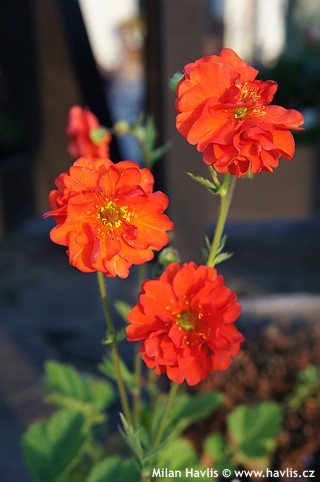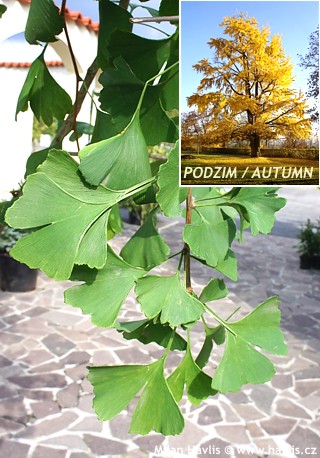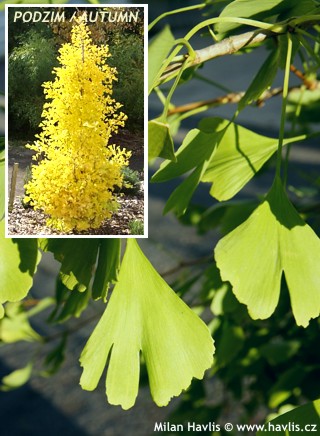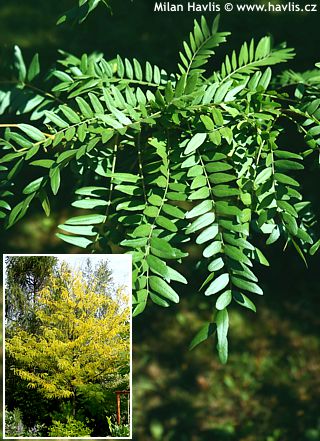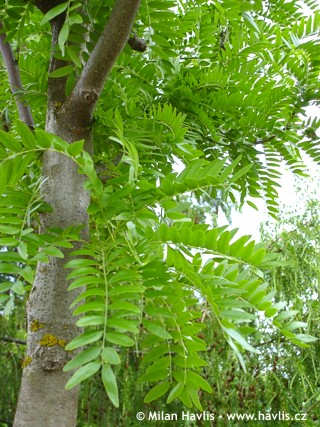CURRENTLY IN STOCK:
Avens is a pretty perennial whose wild forms can be found on every continent except Australia. Mrs. J.Bradshaw, formerly known as Feuerball, is a hybrid of geum chiloense with small but attractive, scarlet red, semi-double flowers that come out from early June, and, if regularly dead-headed, strong ...

VI - VIII

0,4 - 0,6m

0,3 - 0,5m

full sun

5 (down to -29°C)

for zone 5+6

for zone 7
Flames of Passion® is a 2003 selection of water avens discovered by world famous landscape designer and plant breeder Piet Oudolf from Dutch town Hummelo in 1999. It makes 2-3 cm large, semi-double flowers of pastel red flowers atop about 40 cm tall, dark red stems. They bloom from late May unt ...

V - VII

0,3 - 0,4m

0,3 - 0,5m

full sun

5 (down to -29°C)

for zone 5+6

for zone 7
Maidenhair tree is probably one of the oldest species on Earth. It was here some 180 million years ago … obviously it was the time when the Dead Sea was still ill. Its extreme tolerance of various conditions made it survive to our time. One tree can live as long as 2000 years.
It belongs to c ...

15 - 30m

full sun

3 (down to -40°C)

for zone 5+6

for zone 7
Eiffel is an attractive maidenhair tree variety from the beginning of the new millennium. It makes compact, more densely branched trees or multistemmed shrubs with deciduous, 4-7 cm wide, fan-shaped, divided, mid green leaves (botanically classified as needles), that change to fantastic shade of bri ...

6 - 10m

2 - 4m

full sun

4 (down to -34°C)

for zone 5+6

for zone 7
Fastigiata Blagon is a French variety of maidenhair tree with narrowly conical or almost columnar growth. It bears deciduous, 4-7 cm wide, fan-shaped, divided, mid green leaves (botanically classified as needles), that change to fantastic shade of bright golden yellow in autumn. It is often pruned o ...

8 - 12m

2 - 3m

full sun

3 (down to -40°C)

for zone 5+6

for zone 7
If you like elegant leaves tha are not as bold as London plane tree leaves for example, have look at this honey locust. It is called SKYLINE and as it belongs to inermis subspecies it represents a thornfree version of this beautiful tree.
Unlike its more popular brother SUNBURST with golden yellow ...

9 - 15m

3 - 6m

full sun

4 (down to -34°C)

for zone 5+6

for zone 7
Inermis is a very elegant forma of honey locust with no thorns! They can be found on the species, not on this plant, and are very dangerous, so nothing to worry about here.
It has bright green, fern-like leaves that are pinnate and bipinnate, both types often occurring on the same tree. They are 20 ...

10 - 20m

5 - 10m

full sun

4 (down to -34°C)

for zone 5+6

for zone 7












